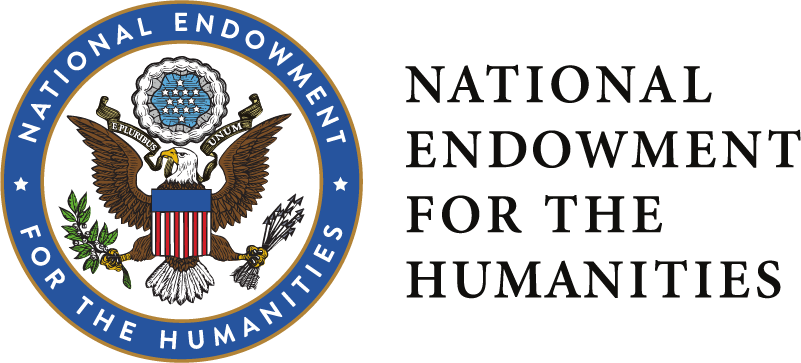 This resource has been made possible in part by the National Endowment for the Humanities: Exploring the Human Endeavor.
This resource has been made possible in part by the National Endowment for the Humanities: Exploring the Human Endeavor.
Provenance research is a crucial aspect of art historical study and museum practice that investigates the origins and ownership history of artifacts or works of art. Understanding an object’s provenance helps us to appreciate its significance and place in history. Increased attention has recently focused on changes in ownership of artworks during the Nazi era and under colonialism, as well as the vulnerability of antiquities and archaeological materials to looting and smuggling.
Gaps in the known provenance of an object are common and do not necessarily indicate problems; in the past, records were sometimes lost or destroyed, or transfers of ownership were conducted without written documentation. In rare cases, gaps may indicate that an object changed hands due to theft, looting, or some other illegal activity. Accordingly, provenance research allows a museum to steward its collection legally and ethically. The San Antonio Museum of Art conducts ongoing research on the provenance of objects in its collection and shares the results of that research with the public via its Collections pages. Digitization of SAMA’s object records is ongoing, and new records are published and updated continually.
The San Antonio Museum of Art welcomes new information about the history of objects in its collection (please contact provenance@samuseum.org).
San Antonio Museum of Art Collections Policy (updated 2024)
The collections of the San Antonio Museum of Art include ancient objects from a number of regions, including Asia, Europe, Africa, and Central and South America. Because antiquities are at particular risk of looting, careful attention is paid to their provenance. New acquisitions are thoroughly researched prior to acquisition, with every effort to obtain reliable documentation that the object left its probable country of modern discovery prior to 1970 or was legally exported from the probable country of modern discovery after 1970, in accordance with the Association of Art Museum Directors (AAMD) and American Alliance of Museums (AAM) guidelines. New acquisitions are published on SAMA’s Collections pages. Any objects acquired based on exceptions to the AAMD’s guidelines are posted on the AAMD’s Object Registry. Comprehensive research on the provenance of SAMA’s permanent collection of Art of the Ancient Mediterranean World has been underway since 2017, and results of that research are posted on the Museum’s Collections pages as new information is discovered.
Many works now in museum collections left their places of origin during periods of colonial rule under inequitable circumstances. They may have been taken as spoils of war, collected by administrators or officials with or without the permission of colonial governments, or collected by archaeologists, missionaries, and/or private collectors. Some artworks were created by Indigenous artists for the explicit purpose of sale, gift, or trade. As is common in museum collections, gaps frequently exist in the known ownership history of such works, which require ongoing research to address. Gaps in provenance do not necessarily indicate an illegal or unethical transfer of ownership, but the Museum has a responsibility as part of stewardship of its collections to investigate any such histories. Provenance information is published and updated on the Collections pages on a continual basis.
To our knowledge, SAMA does not currently have any artworks or cultural property which fall under NAGPRA (Native American Graves Protection and Repatriation Act) guidelines.
Many works of art, especially those from Jewish collections, were stolen, looted, displaced, illegally exchanged, or subjected to forced sales during the Nazi era (1933–1945). Thousands of such artworks were recovered by Allied forces after World War II and returned to their countries of origin for restitution. Many others, however, entered the international art market and were acquired by museums or collectors. The San Antonio Museum of Art conducts research on works of art in its collection that were created before 1946 and might have changed hands in continental Europe between 1933 and 1945, in accordance with AAM and AAMD standards and guidelines. The purpose of this research is to identify objects that were lost or stolen and never returned to their rightful owners. Included at the link below are works that have been identified as priorities for Nazi-era provenance research. Additional works are continually added to this group as they are identified, or removed as research is completed. Inclusion in this group does not in any way indicate that an object is suspected of looting or theft, only that there are gaps in its provenance that require research.
 This resource has been made possible in part by the National Endowment for the Humanities: Exploring the Human Endeavor.
This resource has been made possible in part by the National Endowment for the Humanities: Exploring the Human Endeavor.